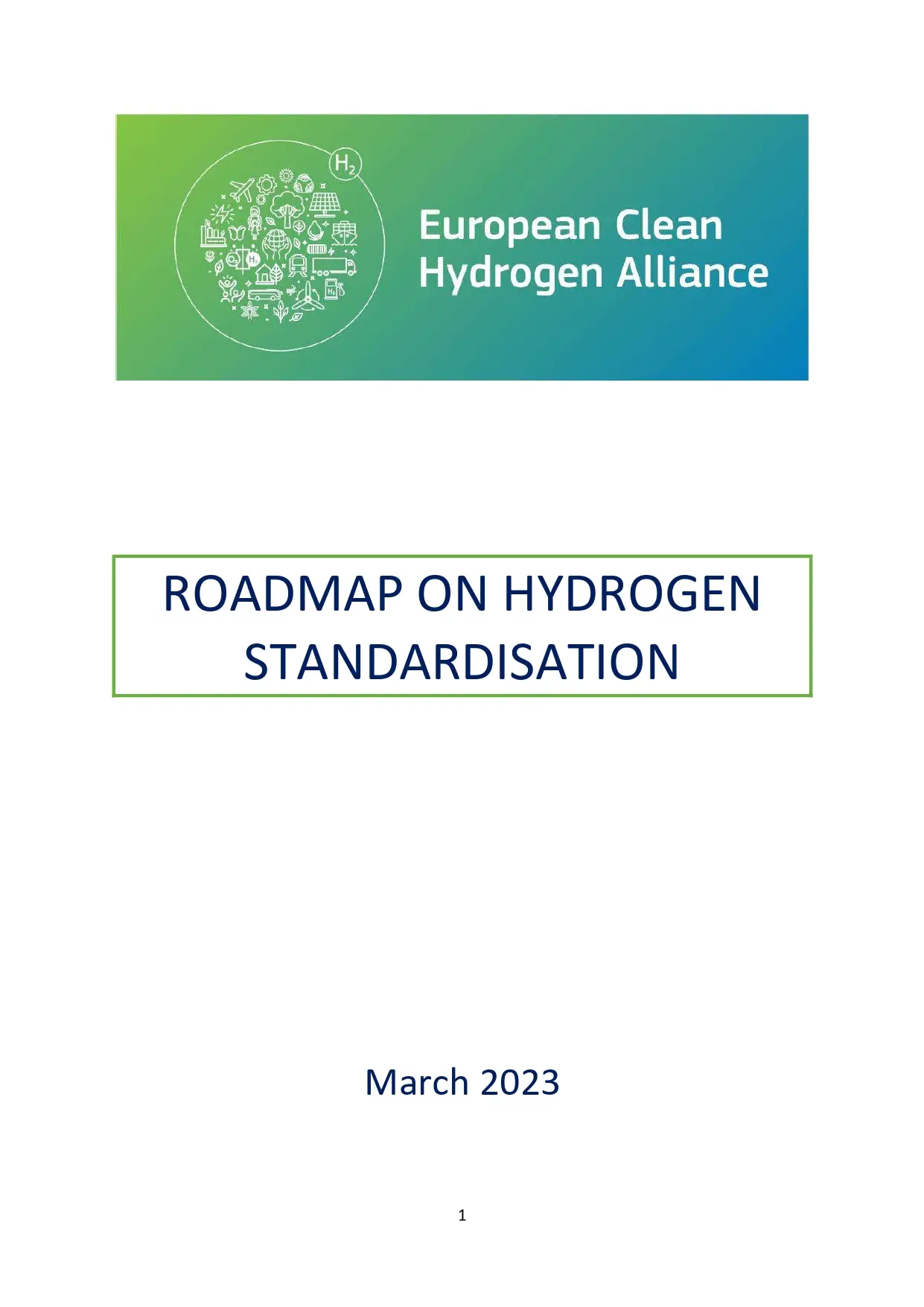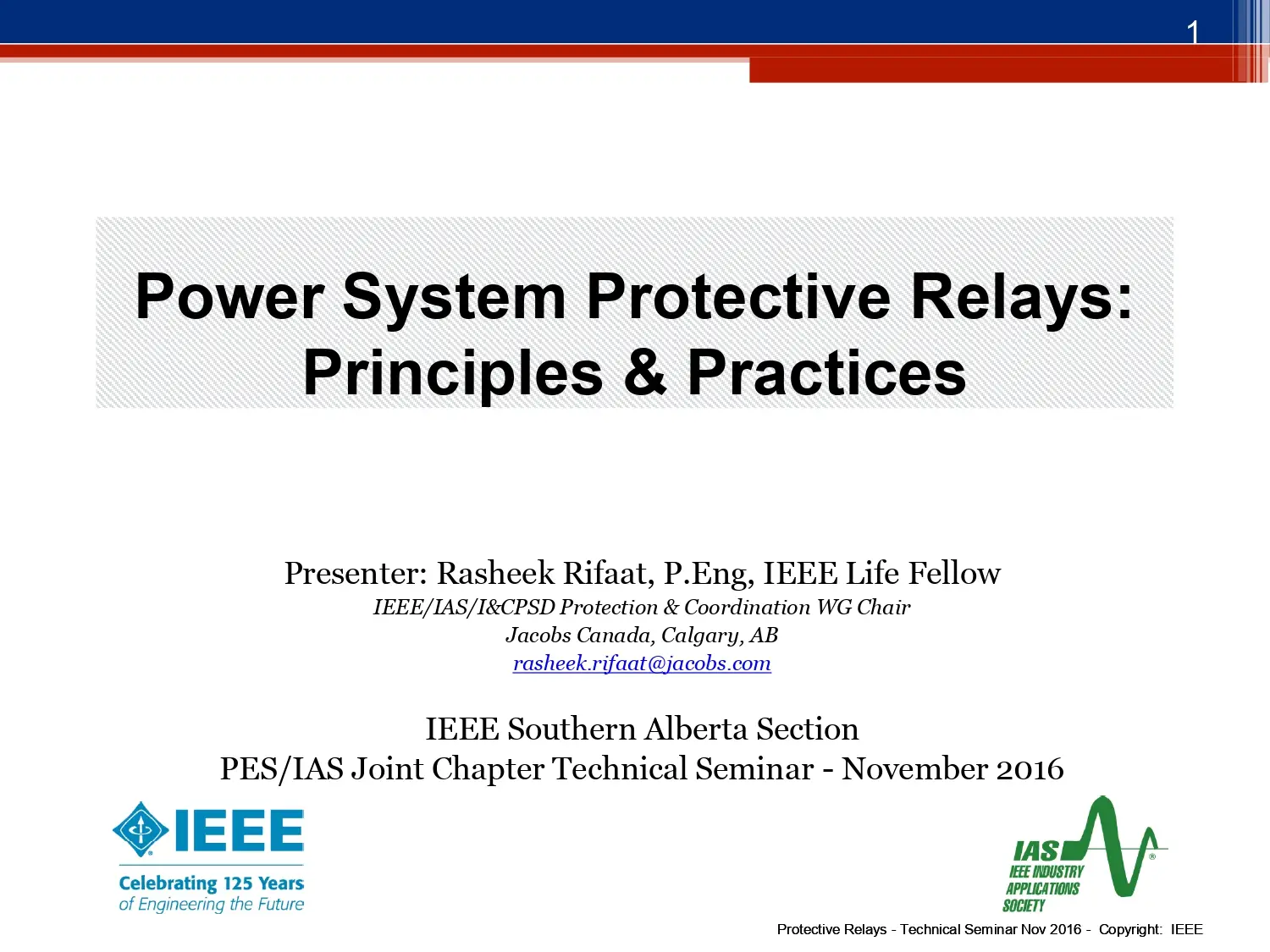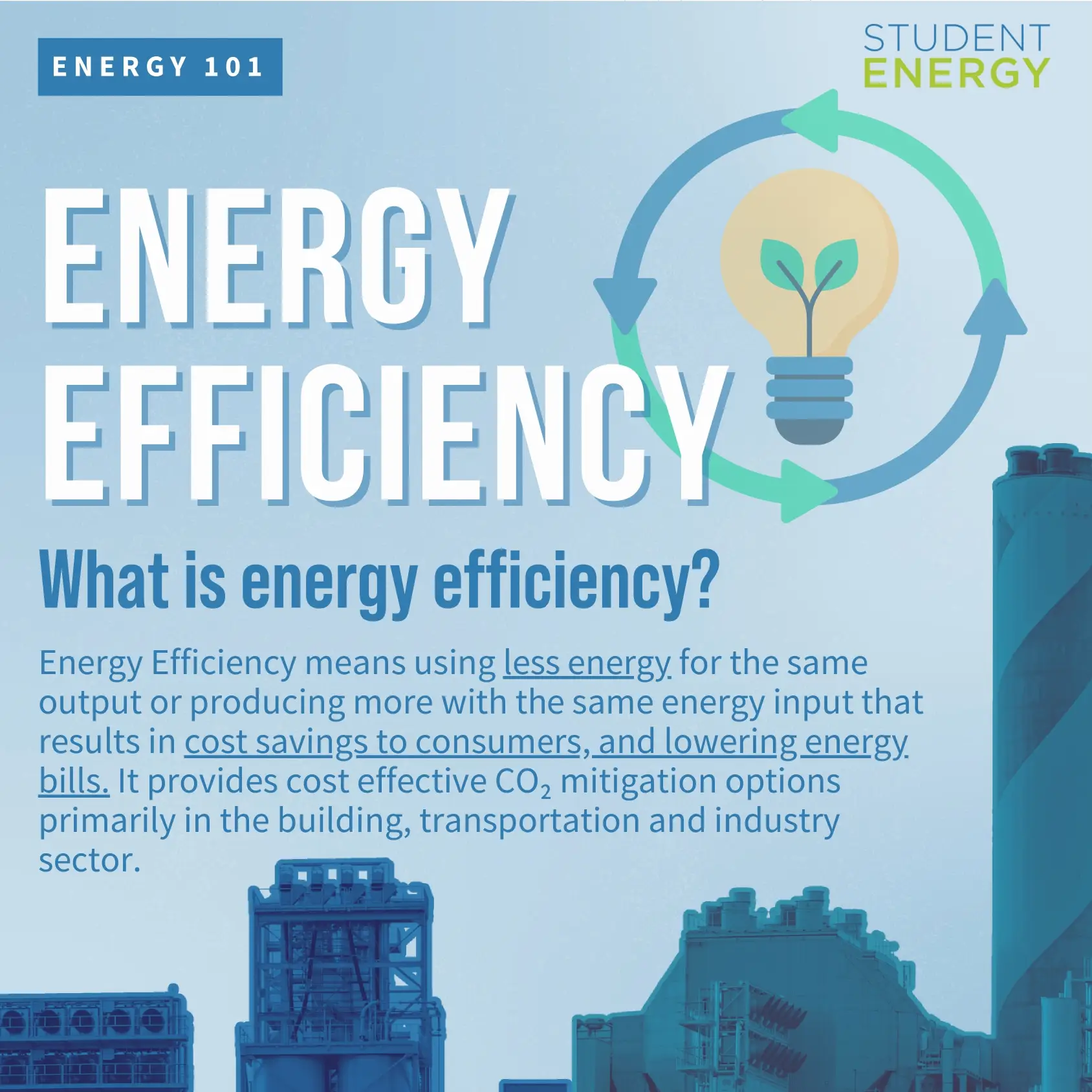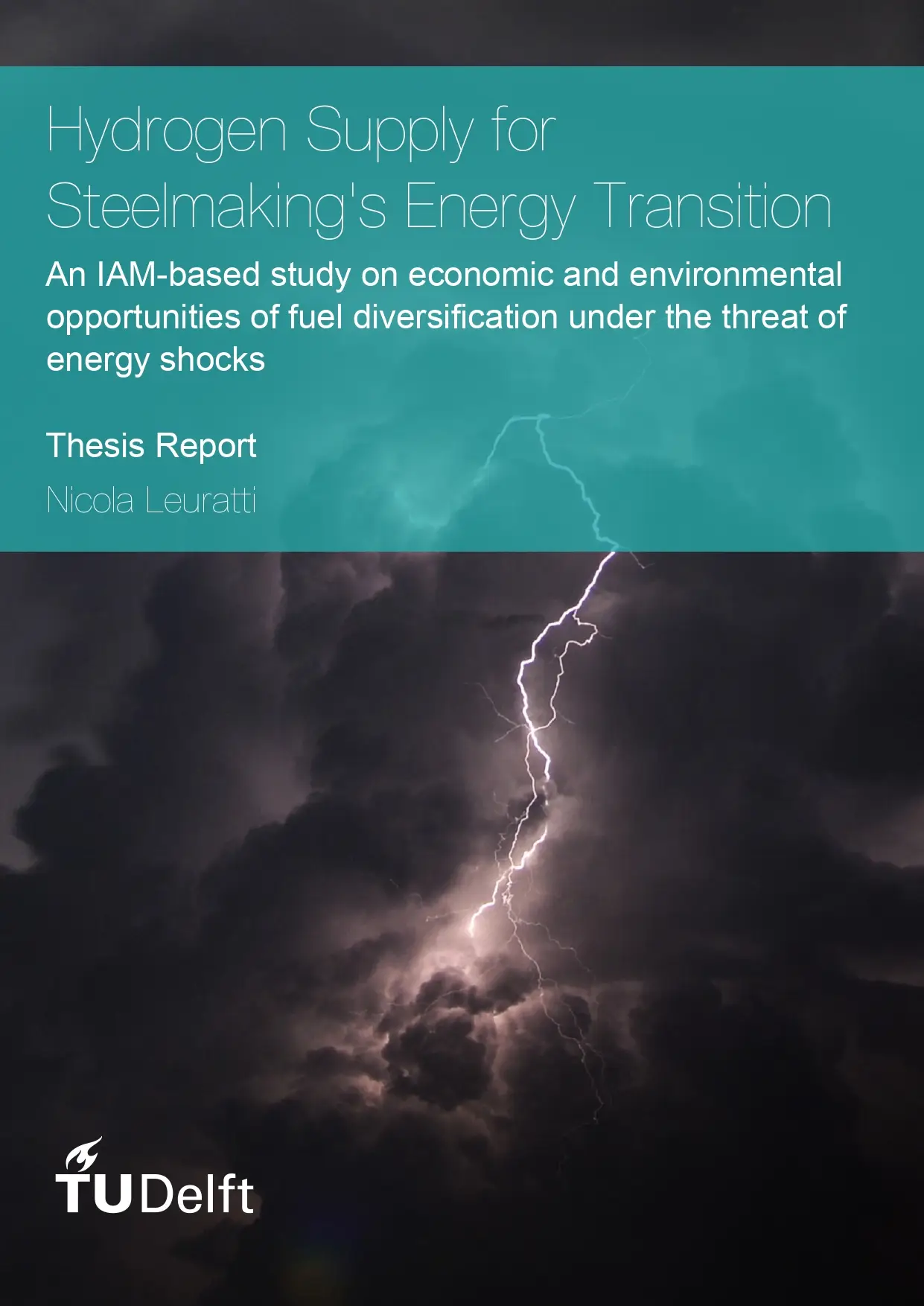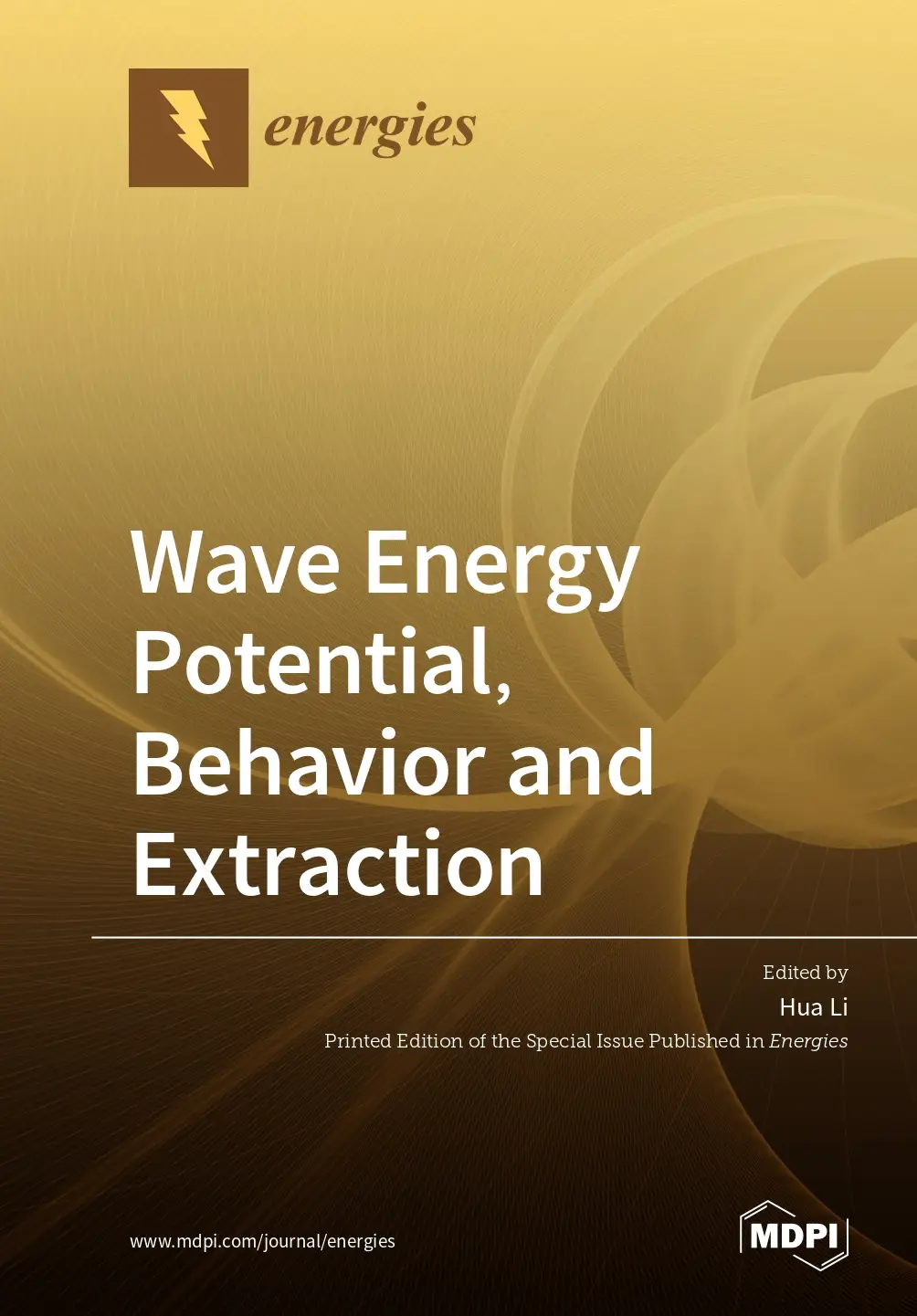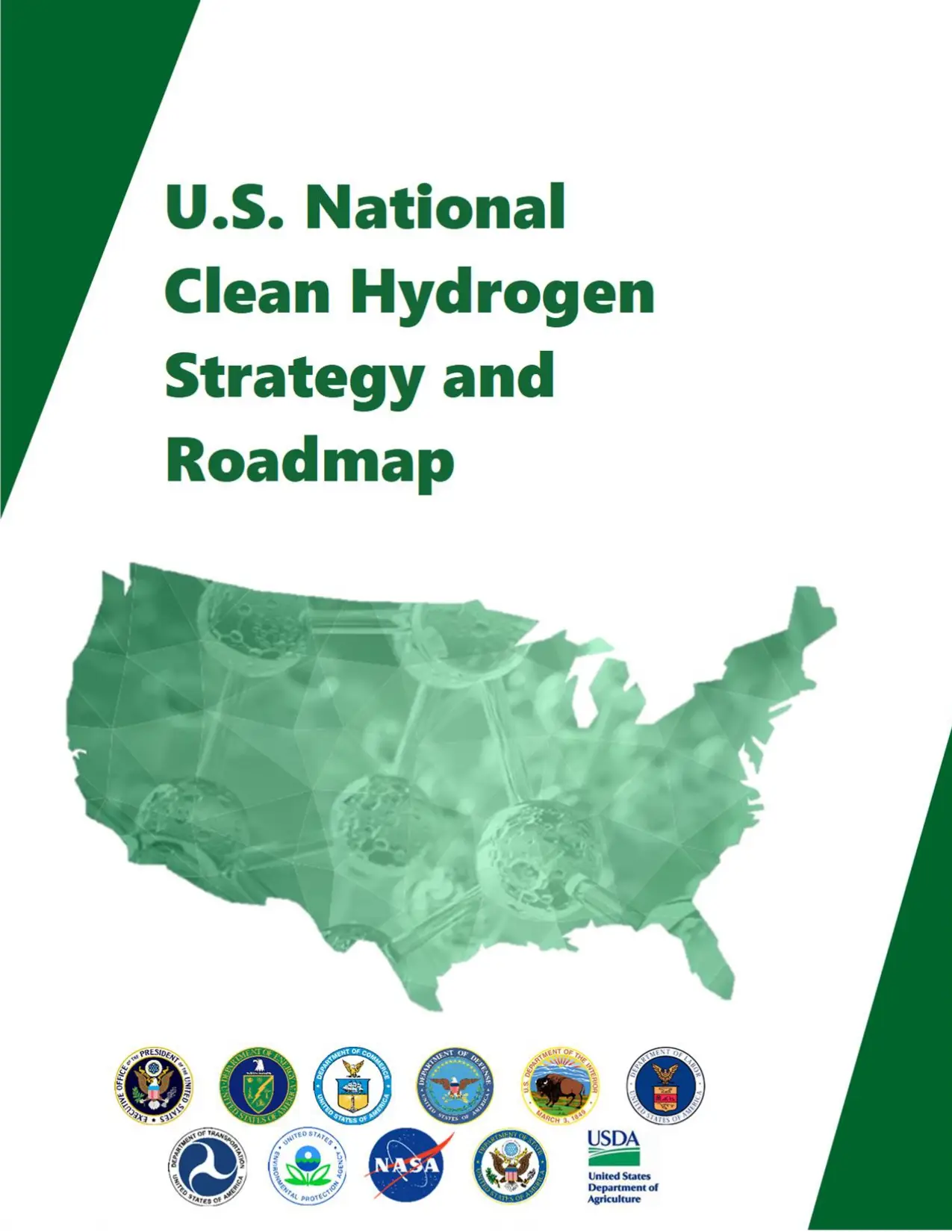Hydrogen Supply for Steelmaking’s Energy Transition
In the pursuit of low-carbon technologies and sustainable alternatives to fossil fuels essential to hand on to future generations a safe and livable planet, hydrogen has attracted engineering interest as a promising vector for storing and carrying clean energy that would help decarbonize society. Scientific research and technological trends indicate that heavy industries, especially steelmaking, might represent an excellent opportunity to consistently integrate the consumption of hydrogen into the manufacturing processes. This is likely to deliver substantial emissions savings as the steel industry, widely recognized to be a hard-to-abate sector, accounts for a large portion of the global pollution every year. Besides the heated debate on the technical and financial challenges related to deployment constraints and cost increases, the geopolitical risk of energy crises impacting the economic output of industries in energy-importing countries is neglected in the decision-making considerations, overlooking the critical implications of energy diversification on long-term planning.
Hydrogen Supply for Steelmaking’s Energy Transition
In the pursuit of low-carbon technologies and sustainable alternatives to fossil fuels essential to hand on to future generations a safe and livable planet, hydrogen has attracted engineering interest as a promising vector for storing and carrying clean energy that would help decarbonize society. Scientific research and technological trends indicate that heavy industries, especially steelmaking, might represent an excellent opportunity to consistently integrate the consumption of hydrogen into the manufacturing processes. This is likely to deliver substantial emissions savings as the steel industry, widely recognized to be a hard-to-abate sector, accounts for a large portion of the global pollution every year. Besides the heated debate on the technical and financial challenges related to deployment constraints and cost increases, the geopolitical risk of energy crises impacting the economic output of industries in energy-importing countries is neglected in the decision-making considerations, overlooking the critical implications of energy diversification on long-term planning.
Wave Energy Potential, Behavior and Extraction
This book comprises successful submissions to a Special Issue of Energies on the subject “Wave Energy Potential, Behavior and Extraction”. The topics covered in this Special Issue include wave energy potential analysis and wave energy converter design in the form of original research and review articles. Of the 13 papers that were submitted, 10 were accepted for publication. The average
processing time was about 38.5 days. The authors represent diverse geographical locations: China (3); USA (3); UK (2); Sweden (2); Denmark (1); Australia (1); and Italy (1). Papers published in this Special Issue covered a wide range of topics, including wave energy utilization for offshore oil platform, wave energy converter design, economic analysis of wave energy converter, as well as thorough reviews on the status of wave energy development. I found the task of editing and selecting papers for this collection to be both stimulating and rewarding. I would also like to thank the staff and reviewers of Energies for their time, efforts, and input.
Wave Energy Potential, Behavior and Extraction
This book comprises successful submissions to a Special Issue of Energies on the subject “Wave Energy Potential, Behavior and Extraction”. The topics covered in this Special Issue include wave energy potential analysis and wave energy converter design in the form of original research and review articles. Of the 13 papers that were submitted, 10 were accepted for publication. The average
processing time was about 38.5 days. The authors represent diverse geographical locations: China (3); USA (3); UK (2); Sweden (2); Denmark (1); Australia (1); and Italy (1). Papers published in this Special Issue covered a wide range of topics, including wave energy utilization for offshore oil platform, wave energy converter design, economic analysis of wave energy converter, as well as thorough reviews on the status of wave energy development. I found the task of editing and selecting papers for this collection to be both stimulating and rewarding. I would also like to thank the staff and reviewers of Energies for their time, efforts, and input.
U.S National Clean Hydrogen Strategy and Roadmap
Executive Summary
Given its potential to help address the climate crisis, enhance energy security and resilience, and create economic value, interest in producing and using clean hydrogen is intensifying both in the United States and abroad. Zero- and low-carbon hydrogen is a key part of a comprehensive portfolio of solutions to achieve a sustainable and equitable clean energy future. The United States is stepping up to accelerate progress through historic investments in clean hydrogen production, midstream infrastructure, and strategically targeted research, development, demonstration, and deployment (RDD&D) in this critical technology.
U.S National Clean Hydrogen Strategy and Roadmap
Executive Summary
Given its potential to help address the climate crisis, enhance energy security and resilience, and create economic value, interest in producing and using clean hydrogen is intensifying both in the United States and abroad. Zero- and low-carbon hydrogen is a key part of a comprehensive portfolio of solutions to achieve a sustainable and equitable clean energy future. The United States is stepping up to accelerate progress through historic investments in clean hydrogen production, midstream infrastructure, and strategically targeted research, development, demonstration, and deployment (RDD&D) in this critical technology.


